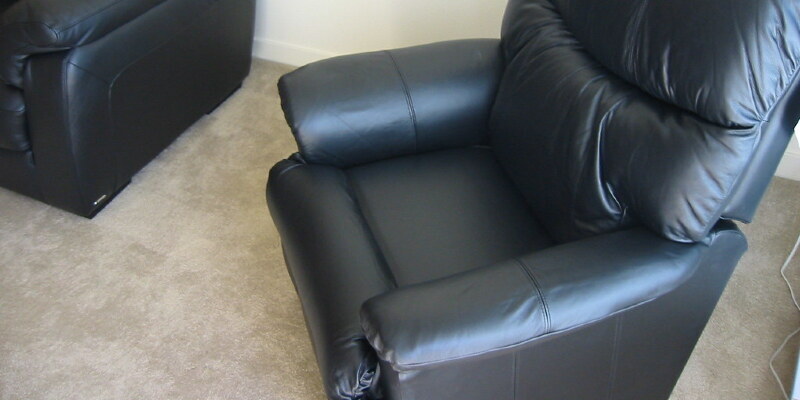The omnipresent light oak cabinets — occasionally called golden oak or honey oak — of the 1990s frequently seem dated. Luckily, you don’t have to gut your own kitchen to get an updated appearance. If yours are in good shape, you can get rid of the light oak finish and provide your cabinets a entirely new appearance that complements your decor.
Reface
If you reface your kitchen cabinets, then it seems like you’ve installed new ones. Refacing means applying a new wood surface over the old cupboard box and then adding matching doors and drawer fronts. After washing and sanding your old cabinets, then remove the debris using a tack cloth. Affix stain-quality plywood or multi-ply veneer panels to the exposed sides of your cabinets using carpenter’s glue and finish nails. If you decide on the former, select plywood with the same grain pattern as your veneer and stain it to suit. Cut thin strips of self-adhesive veneer larger than the vertical stiles and horizontal railings on the cupboard fronts. Affix the strips one at a time before trimming each to a specific fit. Attach your new drawer fronts and hang your new doorways, then add knobs or pulls to both.
Refinish
If you’d like a natural wood finish but refacing isn’t a choice, consider refinishing your light oak cabinets and using a darker stain. While following the manufacturer’s safety recommendations, brush a chemical stripper onto the cabinet surfaces. Remove the softened finish using a dull scraper or metal wood. Denatured alcohol removes any residual residue and neutralizes stripper chemicals. Following the cabinets dry, sanding smooths the wood grain before you use the new stain according to the manufacturer’s instructions. It could indicate impregnated with shellac, sanding between coats or finishing with a top coating.
Paint
If you would rather have color than natural wood, then give your light oak cabinets a fresh look with paint. Wash and dry them before you begin. Use a degreaser in case you’ve got years of built-up dirt. Sand the cupboards using medium-grit sandpaper so the paint will adhere, and apply sandable primer. Smooth the primer with fine-grit sandpaper once it dries. Pick a primer made for your paint type. Water-based paint smells better and dries faster, but oil-based paint dries smoother and lasts longer. Whichever you select, decide on a washable, high-gloss paint. Brush on two to three coats of paint, just as required. Let the paint dry between coats, and utilize fine-grit sandpaper to smooth each coat before applying the next.
Finishing Touches
Do not dress your recently refreshed cabinets using the same old knobs and pulls you removed; select updated versions that match the new appearance. Replace the old hinges if the end doesn’t fit the new hardware. If it’s in the budget, top your upgraded cabinets with new countertops, particularly if yours are exactly the same age as your cabinets. If a new sink isn’t an option, spruce up the old one using a new faucet.
